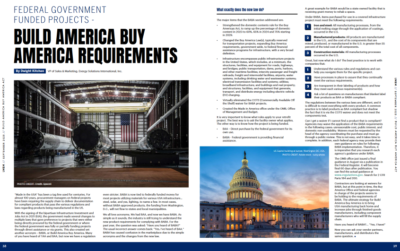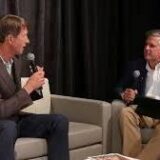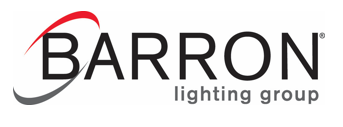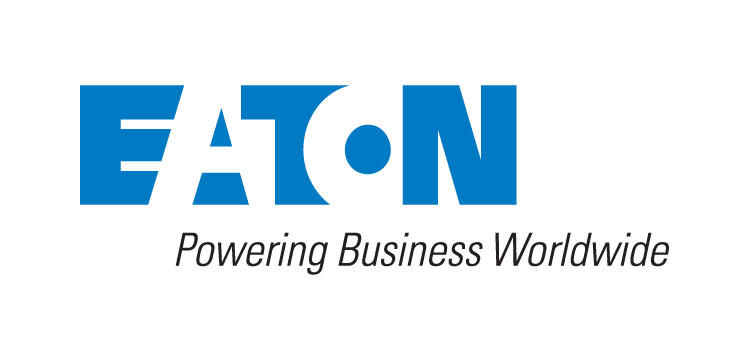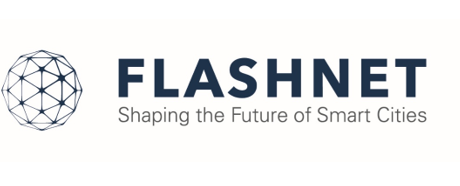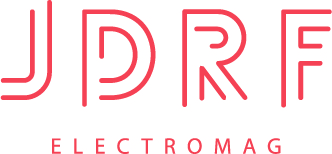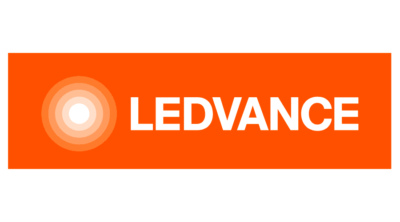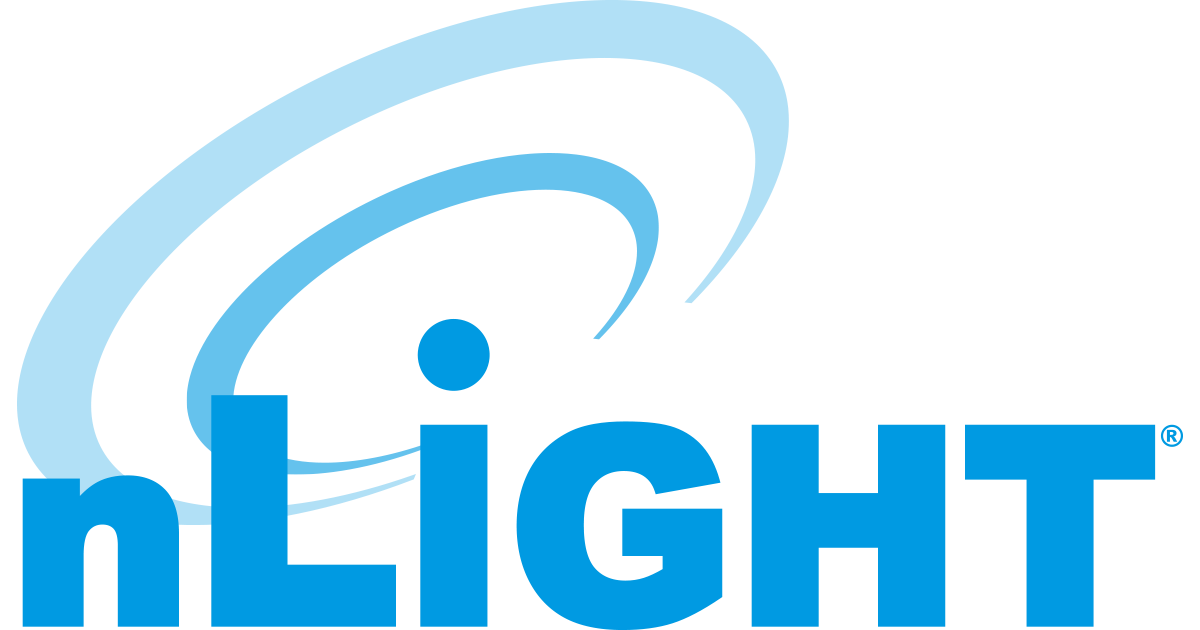Enacted as part of the Infrastructure Investment and Jobs Act on November 15, 2021, The Build America Buy America Act, or BABA, established a domestic content procurement preference for all infrastructure projects receiving Federal financial assistance after May 14, 2022.
The new incarnation of the Commercial Buildings Tax Deduction offers a strong incentive to stretching energy efficiency in new buildings and modernizing existing buildings. In new buildings, it incentivizes more detailed design and the most advanced control options. In existing buildings, it incentivizes a wide range of lighting and advanced control options that, when coupled with available utility rebates, can substantially reduce initial cost that remains the largest inhibitor to investment in reducing operating costs via energy efficiency.
In September, California passed SB-327, a cybersecurity law that will affect manufacturers of Internet of Things (IoT) and operational technology (OT) devices.
The U.S. Department of Energy (DOE) has issued new energy standards for general-service fluorescent lamps that are expected to reduce availability of standard 4-ft. linear and 2-ft. U-bend 32W T8 lamps as well as some reduced-wattage T8 lamps. The rules go into effect January 26, 2018. After that date, distributors may continue to sell their [...]
The Energy Policy Act of 2005 created the Energy-Efficient Commercial Buildings Tax Deduction (CBTD) to encourage owner investment in energy-efficient building systems. The CBTD establishes a special tax deduction rewarding investment in energy-efficient interior lighting, HVAC/hot water systems and building envelope, subject to a cap of up to $1.80/sq.ft. It’s an accelerated tax deduction, meaning [...]
This month, Federal efficiency standards regulating fluorescent magnetic T12 ballasts entered their final phase, effectively eliminating these ballasts from the market, with few exceptions.
In July 2009, the Department of Energy issued new energy efficiency standards for commercial general-service fluorescent lamps and incandescent (and halogen) reflector lamps. The new rules take effect July 14, 2012 and will basically eliminate products with the lowest efficiency and lowest cost. In the case of fluorescent lamps, equivalent-performance products are readily available, such as T8 lamps, and the market is expected to shift to that and other technologies. In the case of incandescent reflector lamps, only a few equivalent-performance products are readily available that comply, such as infrared-coated halogen lamps, and manufacturers are expected to develop new substitutes.
While general-service incandescent lamps have received the most attention in media coverage of the Energy Independence and Security Act (EISA) of 2007, with provisions beginning to take effect in 2012, many popular incandescent reflector lamps are being outlawed this month.
The Energy Independence and Security Act of 2007 contains significant provisions affecting the sale of metal halide lighting fixtures. Starting in 2009, 150-500W metal halide lighting fixtures must contain ballasts that operate at a certain level of efficiency, virtually eliminating probe-start lamps and ballasts from new fixtures. This provision of the 2007 Energy Act essentially makes a Federal standard of efficiency requirements already enacted in California, New York, Arizona, Oregon, Rhode Island and Washington.
The Energy Policy Act (EPAct) of 2005 created the Commercial Buildings Deduction (CBD), which established an accelerated tax deduction rewarding investment in energy-efficient interior lighting, HVAC/hot water systems and building envelope. Initially set to expire December 31, 2007 and then December 31, 2008, the CBD was recently extended by Congress to expire in five years: December 31, 2013.
The Energy Independence and Security Act of 2007 (HR6) does not include many provisions directly related to lighting. Two of its provisions, however, are nonetheless highly significant. One virtually eliminates the manufacture of today’s >150W to <500W probe-start metal halide magnetic ballasted fixtures starting in 2009 (replacement ballasts are not affected). Another virtually eliminates the manufacture of most common general-service incandescent lamps, putting billions of sockets up for grabs. The Act also has its eye on a possible LED general-service lamp in the future, establishing incentives to develop an LED product that can take on the 60W incandescent.
The Act also distinguishes itself in two other ways. One is what it does not contain, such as encouragement of more-efficient residential energy codes and any tax provisions such as an anticipated extension of the Commercial Buildings Deduction to December 31, 2013. Another is its provisions that may indirectly affect lighting, such as its tough new energy reduction requirements for Federal buildings and the establishment and funding of a Director and Office of Commercial High-Performance Green Buildings, which will work with a private-public partnership to realize a goal of all newly constructed commercial buildings being “net zero energy” by 2030.
NYControlled 2025: Harold Jepsen Describes the LCA’s New Design Express Tool
10/31/2025At NYControlled, the EdisonReport’s Randy Reid interviewed Legrand’s Harold Jepsen, a member of the board of the Lighting Controls Academy, about lighting control trends, the mission of the Lighting Control Academy, and the launch of the new Design Express tool.
NYControlled 2025: LiteTrace’s Chris Primous Talks EmerLite™ Emergency Testing Solution
10/29/2025At NYControlled, the EdisonReport’s Randy Reid interviewed Chris Primous, EVP of Sales & Marketing at LiteTrace Brands, about the company’s latest products and innovations.
NYControlled 2025: PLC Multipoint’s Bart Manguno Talks Tandem Relay Panels
10/27/2025At NYControlled, the EdisonReport’s Randy Reid interviewed Bart Manguno, Commercial Business Director at PLC Multipoint, about the company’s Tandem Relay Panels.
NYControlled: Avi-On’s Joe McGrath Talks Lockdown Mode
10/24/2025At NYControlled, the EdisonReport’s Randy Reid interviewed Joe McGrath, Sales Director East Coast for Avi-On, about the company’s new feature called Lockdown Mode.
The Lighting Controls Podcast: Gary Meshberg and Harold Jepsen Talk New CIN/SOO Tool
09/12/2025In this episode of The Lighting Controls Podcast sponsored by MaxLite, hosts C. Webster Marsh and Ron Kuzmar interview Gary Meshberg, Chair of the Lighting Controls Academy, and Legrand’s Harold Jepsen, Vice Chair of the NEMA Lighting Controls Technical Section about the evolving world of lighting controls and a groundbreaking new Control Intent Narrative/Sequence of Operations Tool offered by the Lighting Controls Academy.
LCA TV: EmerLite™ by LiteTrace
09/08/2025This educational video, produced by the Lighting Controls Association at the 2025 LEDucation event in New York City, introduces LiteTrace’s EmerLite™, a wireless platform revolutionizing emergency lighting compliance for commercial facilities.
LCA TV: Athena Lighting Control System by Lutron Electronics
08/13/2025This educational video, produced by the Lighting Controls Association at the 2025 LEDucation event in New York City, introduces Lutron’s Athena lighting control system.
LCA TV: Wattstopper i3 Platform by Legrand
08/11/2025This educational video, produced by the Lighting Controls Association at the 2025 LEDucation event in New York City, introduces Legrand’s Wattstopper i3 Platform, a next-generation lighting and building intelligence solution powered by KODE Labs.
LCA TV: IR -TEC America’s Bluetooth Programming for Sensors
07/29/2025This educational video, produced by the Lighting Controls Association at the 2025 LEDucation event in New York City, introduces IR-TEC America’s Bluetooth programming capability for the company’s sensors.

